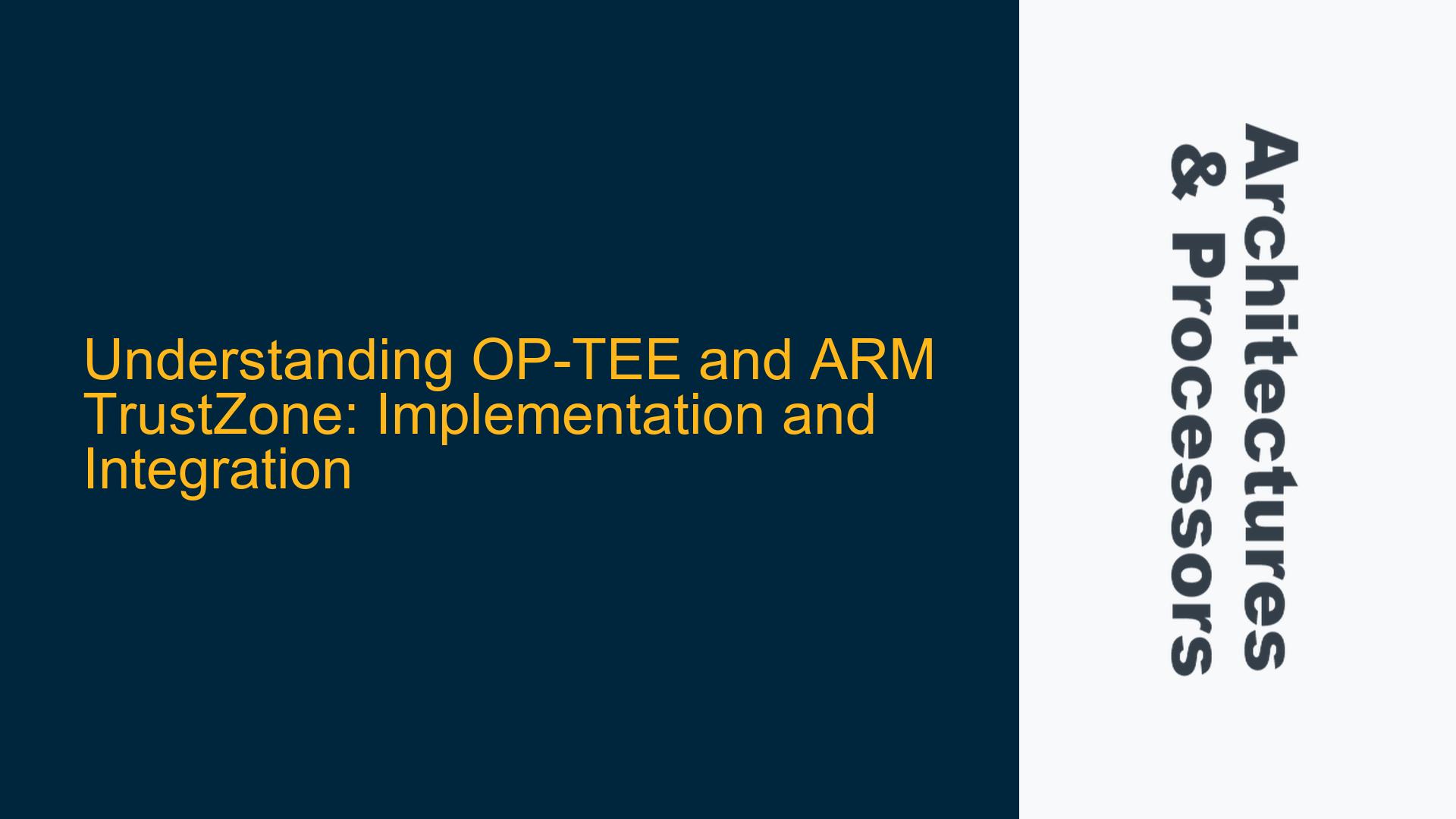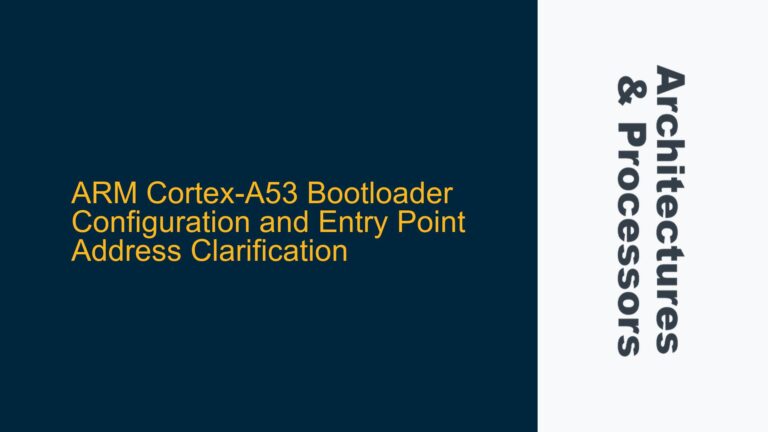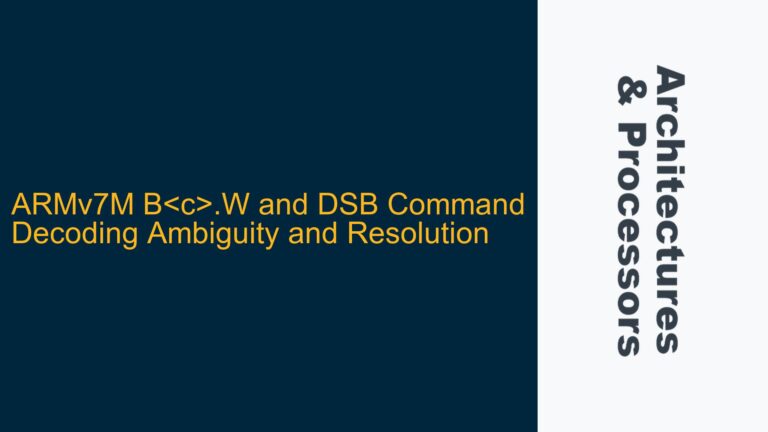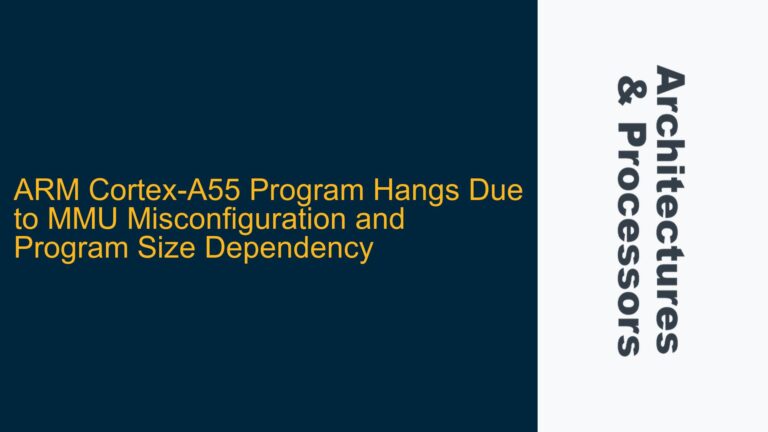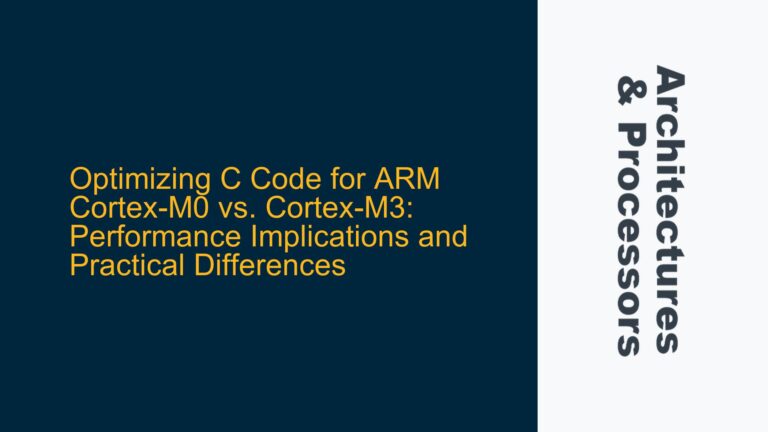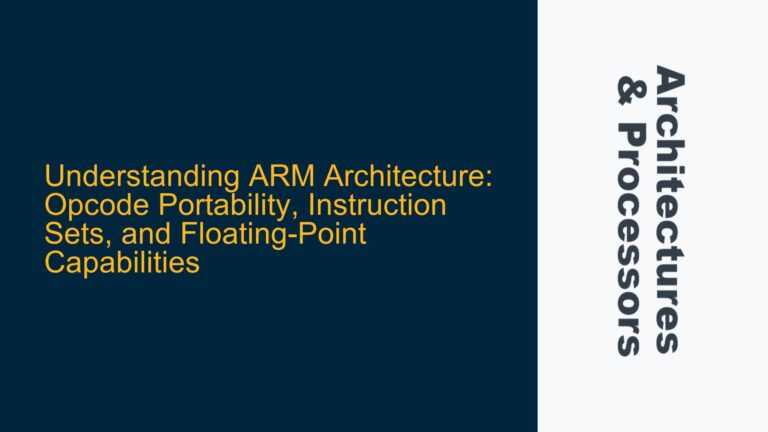ARM TrustZone as a Hardware Security Foundation
ARM TrustZone is a hardware-based security feature embedded within ARM processors, designed to create a secure environment for executing sensitive operations. It achieves this by partitioning the system into two distinct worlds: the Secure World and the Normal World. The Secure World is reserved for trusted software, such as secure operating systems and trusted applications, while the Normal World runs the general-purpose operating system and applications. This partitioning is enforced at the hardware level, ensuring that the Secure World is isolated from potential threats in the Normal World.
TrustZone operates by extending the processor’s capabilities to include a secure state and a non-secure state. These states are controlled by the Secure Monitor, a piece of software that manages transitions between the two worlds. The Secure Monitor ensures that only authorized code can access the Secure World, providing a robust foundation for secure operations. TrustZone also includes mechanisms for secure memory partitioning, secure peripherals, and secure boot, further enhancing the overall security of the system.
The hardware extensions provided by TrustZone are crucial for enabling secure execution environments. They include features such as secure memory management units (MMUs), secure interrupt handling, and secure debug interfaces. These extensions ensure that even if the Normal World is compromised, the Secure World remains protected. TrustZone’s hardware-based approach provides a strong foundation for building secure systems, but it requires software to fully realize its potential.
OP-TEE as a Software Implementation Leveraging TrustZone
OP-TEE (Open Portable Trusted Execution Environment) is an open-source software implementation that leverages ARM TrustZone to provide a secure execution environment. OP-TEE is designed to run in the Secure World, offering a trusted environment for executing sensitive operations such as cryptographic functions, secure storage, and secure boot. It provides a comprehensive framework for developing and deploying trusted applications, known as Trusted Applications (TAs), within the Secure World.
OP-TEE consists of several key components, including the OP-TEE OS, the OP-TEE client, and the OP-TEE trusted applications. The OP-TEE OS is a lightweight operating system that runs in the Secure World, providing the necessary infrastructure for secure execution. It includes a secure kernel, secure drivers, and a secure runtime environment. The OP-TEE client is a library that runs in the Normal World, providing an interface for applications to communicate with the Secure World. The OP-TEE trusted applications are the actual secure applications that run within the Secure World, performing sensitive operations on behalf of the Normal World applications.
One of the key advantages of OP-TEE is its portability. It is designed to be easily integrated into different ARM-based platforms, making it a versatile solution for a wide range of applications. OP-TEE also provides a rich set of APIs for developing trusted applications, allowing developers to easily implement secure functionality. Additionally, OP-TEE includes a comprehensive set of tools for testing and debugging trusted applications, ensuring that they are secure and reliable.
OP-TEE’s implementation is tightly integrated with ARM TrustZone, leveraging the hardware extensions provided by TrustZone to create a secure execution environment. For example, OP-TEE uses TrustZone’s secure memory partitioning to isolate trusted applications from the Normal World, ensuring that sensitive data is protected. OP-TEE also uses TrustZone’s secure interrupt handling to manage interrupts in the Secure World, preventing unauthorized access to secure resources.
Integrating OP-TEE with ARM TrustZone for Secure Systems
Integrating OP-TEE with ARM TrustZone involves several steps, including configuring the hardware, setting up the software environment, and developing trusted applications. The first step is to ensure that the hardware platform supports ARM TrustZone and is properly configured to enable the Secure World. This typically involves setting up the Secure Monitor, configuring the secure memory partitions, and enabling the necessary hardware extensions.
Once the hardware is configured, the next step is to set up the software environment. This involves installing the OP-TEE OS, configuring the OP-TEE client, and setting up the development environment for trusted applications. The OP-TEE OS provides the necessary infrastructure for secure execution, including the secure kernel, secure drivers, and secure runtime environment. The OP-TEE client provides an interface for Normal World applications to communicate with the Secure World, allowing them to request secure services from trusted applications.
Developing trusted applications involves writing secure code that runs within the Secure World. This code must be carefully designed to ensure that it is secure and reliable, as any vulnerabilities could compromise the entire system. OP-TEE provides a rich set of APIs for developing trusted applications, including APIs for cryptographic operations, secure storage, and secure communication. These APIs are designed to be easy to use, allowing developers to quickly implement secure functionality.
Testing and debugging trusted applications is a critical part of the development process. OP-TEE includes a comprehensive set of tools for testing and debugging trusted applications, ensuring that they are secure and reliable. These tools include a secure debugger, a secure logger, and a set of test cases for verifying the functionality of trusted applications. The secure debugger allows developers to step through the code of trusted applications, inspecting the state of the system and identifying any issues. The secure logger provides a way to record events within the Secure World, allowing developers to analyze the behavior of trusted applications. The test cases provide a way to verify that trusted applications are functioning correctly, ensuring that they meet the required security and performance criteria.
In conclusion, ARM TrustZone provides the hardware foundation for secure execution environments, while OP-TEE provides the software implementation that leverages this foundation to create a secure execution environment. Integrating OP-TEE with ARM TrustZone involves configuring the hardware, setting up the software environment, and developing trusted applications. By following these steps, developers can create secure systems that protect sensitive data and ensure the integrity of critical operations.
